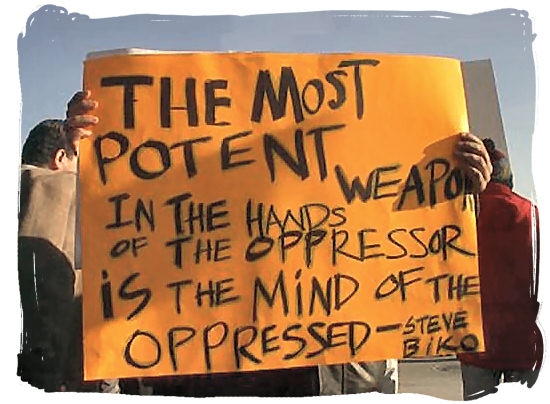Hi all,
To those that don’t know yet, I have taken a semester off from school and am interning at the Anasazi Heritage Center. Part of this decision was inspired by my time in South Africa. In South Africa, we looked at museums as places of truth-telling and memorialization. One of the hardest discussions (in my opinion) that we had was about what an American ‘freedom tour’ would look like. We discussed the Trail of Tears and the history of American Indian marginalization that continues to this day. (I may post my thoughts on a common history and archaeology’s role later.)
Unexpectedly, I met a South African here at the Heritage Center. He volunteers with his wife and used to be a professor at the University of Pretoria. I spoke to him and his wife this past Thursday. His wife taught school children in Pretoria and is an American. She seemed more open and talkative than her husband, which could have been a result of personality differences or cultures. I am curious about her husband’s background. If like Don Foster, it took leaving South Africa to realize the atrocities of the apartheid. I did not want to push the subject during my first meeting with this man. It reminded me too of my talk with a school tour guide on the boat from Robben Island about how it was easier to give tours and discuss with non-South Africans. Were his wife and I at liberty to talk about the apartheid and reconciliation because our daily lives had not been directly affected? Was he nervous to say something in front of me who clearly had opinions and had studied the South Africa from the lens of reconciliation?
His wife described bringing school children to the Apartheid Museum. These children were the first generation after the 1994 election. She described them as having no idea about the apartheid and being really shocked by the different passageways in which you enter the museum. “Noooo, really??” were the comments of shock. However, it seemed that the schools are still somewhat separated by the ethnicity. She described her class as ‘mostly black.’ These children are living in a world without the formalized discrimination of the apartheid but what other forms of discrimination still remain?
As Don Foster shared, inequality has increased since 1994. I asked about teaching English versus other languages in her school in Pretoria. She said that parents wanted their children to learn English because of the advantages for their ‘future.’ Learning English has a specific economic (and social?) advantage. Indirectly, other languages are discriminated against. If there does not seem to be a practical necessity to maintain their tribal culture, will it die. What is the role of practicality with culture? Also, she pointed out that students seemed more interested in cell phones and ipods etc. and not in the ‘traditional culture.’ However, I wonder if technology and their African tribal culture have to be mutually exclusive.
(I may comment on the practice of archaeology in South Africa and the American southwest, and its role in creating a common history and truth telling.)


















